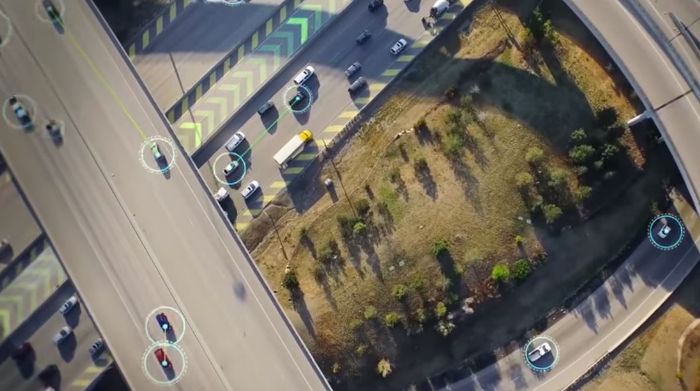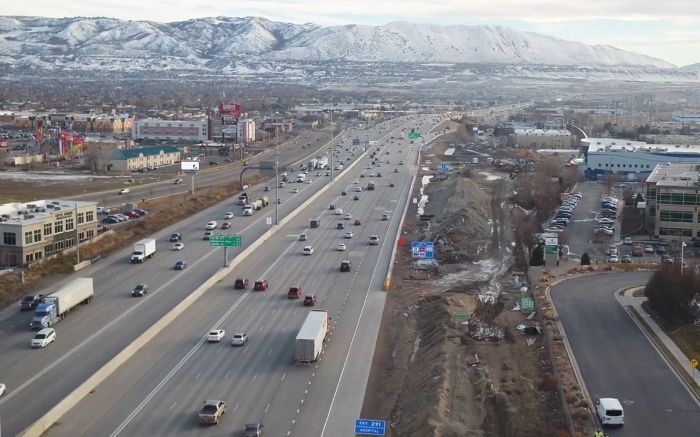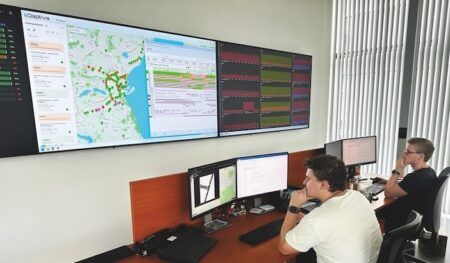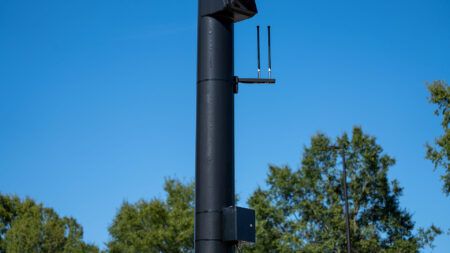The Utah Department of Transportation (UDOT) has formed a partnership with Panasonic Corporation of North America to develop the USA’s most advanced transportation data network by monitoring and sharing data in real-time to enhance safety and improve traffic flow.
The new network will improve safety and mobility on the state’s roads by sharing data between vehicles, infrastructure, roadways and traffic operators in real-time. UDOT’s traffic operations Center (TOC) personnel will gain insights into critical events such as crashes, severe weather, or stalled vehicles. They will then be able to alert connected vehicle (CV) drivers in real-time with alternate routes, delay times, or other helpful information. The new partnership with Panasonic will allow UDOT to accelerate development toward a statewide system for collecting, monitoring and sharing connected and autonomous vehicle (CAV) data. As a national leader in developing and operating CAV technology, the agency already has a lot of the framework in place for a connected future.

Utah built the first operational CV corridor in the USA along Redwood Road, and a second along University Parkway and University Avenue in Utah County (the Utah Valley Express). Through vehicle-to-infrastructure (V2I) communications, buses equipped with special radios are already ‘talking’ to traffic signals along these roads to get priority if they are running behind schedule. As part of the US$50m partnership, Panasonic will help UDOT install intelligent sensors along selected sections of Utah highways. These standards-based sensors, along with similar vehicle-mounted software and equipment, will collect and transmit data at speeds up to 10 times per second, which is then shared with a central cloud-based system. This central software platform monitors the information from the sensor/vehicle network and automatically generates alerts that are shared with vehicles, infrastructure components such as traffic signals or VMS signs, and UDOT personnel.
The first phase of the new vehicle-to-everything (V2X) system will encompass 40 installation sites, along with a fleet of 30 state-owned vehicles. UDOT and Panasonic will work together to identify specific locations and scenarios where this system is likely to provide the most benefit by making roads safer, helping traffic flow more smoothly, or reducing congestion. Once identified, teams from both organizations will develop new software applications, install sensor networks along the selected roads, and build the control system. Future phases of this system will expand to include 220 installation sites and up to 2,000 vehicles. A unique feature Panasonic’s Cirrus data network is its ‘open architecture’ that is designed to enable other DOTs, as well as third-party developers, to coordinate with UDOT and develop and connect their own applications to address critical operations, safety and maintenance needs.

“We’re among the most forward-thinking DOTs in the country, and we’re always looking for better, quicker, and more effective ways to move people in Utah,” said UDOT’s executive director, Carlos Braceras. “Embracing and developing this emerging technology has the potential to make our roads safer, reduce congestion, and help the environment through lower emissions.”





